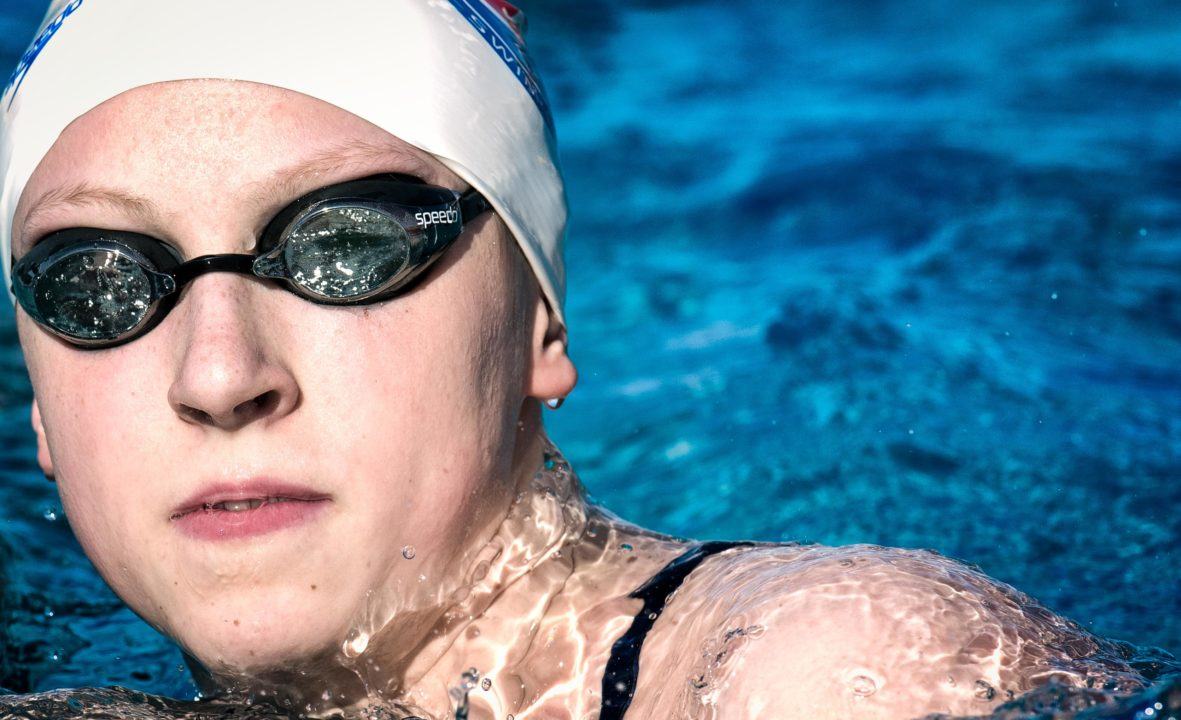Olivier Poirier-Leroy is a former national level swimmer based out of Victoria, BC. In feeding his passion for swimming, he has developed YourSwimBook, a powerful log book and goal setting guide made specifically for swimmers. Sign up for the YourSwimBook newsletter (free) and get weekly motivational tips by clicking here.
We all have those sessions in the pool that are less than optimal. Or a race that falls below expectations. Ryan Murphy has ‘em. Caeleb Dressel has ‘em. Even Katie Ledecky has ‘em.
Instead of letting those negative experiences in the pool float by, look past your frustration and/or anger and mine it for some sweet goodness that you can apply to future-you.
Enjoying the Process — Good, Bad and Ugly
Enjoying the process.
I have talked about it on many an occasion here. But it’s more than a catchphrase. It’s something you can wield to not only make the most of the good workouts, but squeeze out some good from the bad.
The full spectrum of what “enjoying the process” includes – the good stuff, the great workouts, the wins, the in-season best times, but also the not-so-great things such as: those bad workouts, restless nights, the moments some view as setbacks while others view them as learning opportunities.
Here is a 3-step plan to leverage those less-than-awesome swims and the process — good and bad — into something that you can use to catapult you forward:
Step 1: Recognize the poor performance and how it is making you feel.
Our first instinct after a poor swim is to either brush it aside – which isn’t an altogether terrible idea – or to dwell on it. While the former can be a good policy to have, make sure that you have derived some positive from it. In the case of the latter, if you are going to dwell on it, you may as well use that time of rumination to help slingshot past it.
Take a moment and step back for a breath and recognize the swim, and how it is making you feel. Acknowledge how it is making you feel instead of going on with your day morose and down on yourself.
By writing this out, or at the very least taking the time to fully acknowledge the performance and the resulting emotions you are feeling, you are able to put words to the performance. And when we put words to it we crystallize it, and ideally provide a powerful reminder for why we don’t want to experience it again.
Step 2: Take a look at the factors and circumstances that led to the poor performance.
Swimmers are creatures of habit. We put on our suits the same way, approach the main set with a similar mindset, and even prepare for our races in ways that are remarkably consistent. It’s so consistent, so habitual that we rarely ever notice if these habits are helpful or harmful to our overall success.
When you take a look back at the circumstances that led to your poor performance you will see that some of the same things will pop up over and over again.
It’s important that you undertake this step with the utmost amount of objectivity. We tend to view our own performances with a bias that may lead us to over-exaggerate or underestimate the impact of various variables of our swimming. (It can help big time to have a coach work with you on this step.)
Boil down what led to your poor performance. Write them out. And then move briskly onwards to the step below.
Step 3: Plan out what you are going to do differently moving forward to avoid a repeat poor performance.
Now that you have the circumstances in hand for your previous poor performance, figure out what you are going to do moving forward to avert a similar situation.
If you are consistently having bad practices because you aren’t warming up enough, put together a plan or action list for things you can do to ensure that you are ready to rock come the main set. Fatigue causing you bad workouts? Outline a plan to get more sleep combined with better recovery practices. Getting psyched out before your big races? Put together an action plan to keep yourself focused and confidant behind the blocks.
Having a plan to combat those poor performances has the effect of instilling confidence from having a path forwards, while also allowing you to have something to focus on instead of the negative feelings that arose from the bad swim.
About YourSwimBook
 YourSwimBook is a log book and goal setting guide designed specifically for competitive swimmers. It includes a ten month log book, comprehensive goal setting section, monthly evaluations to be filled out with your coach, and more. Learn 8 more reasons why this tool kicks butt.
YourSwimBook is a log book and goal setting guide designed specifically for competitive swimmers. It includes a ten month log book, comprehensive goal setting section, monthly evaluations to be filled out with your coach, and more. Learn 8 more reasons why this tool kicks butt.
NEW: We now have motivational swimming posters. Five of ’em, actually.
Join the YourSwimBook weekly newsletter group and get motivational tips and more straight to your inbox. Sign up for free here.
